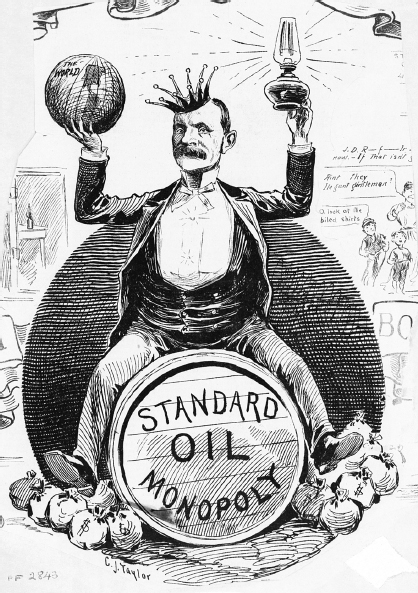The Transition to an Information Economy
Printed Page 450
In the first half of the twentieth century, the U.S. economy was built on mass production, the proliferation of manufacturing plants, and intense rivalry with businesses in other nations. By mid-century, this manufacturing-based economy began transitioning into an economy fueled by information (which new technologies made easier to generate and exchange anywhere) and by cooperation with other economies. Offices displaced factories as major work sites, centralized mass production declined in the United States and other developed nations, and American firms began outsourcing manufacturing work to developing countries where labor was cheap and environmental standards were lax.

Mass media industries seized the opportunity to expand globally. They began marketing music, movies, television programs, and computer software overseas. And the media mergers-and-acquisitions (M&A) drive that had begun in the United States in the 1960s expanded into global media consolidation by the 1980s.
This transition from a manufacturing-based to an information-based economy had several defining points: Early regulation designed to break up monopolies in manufacturing-related industries such as oil, railroads, and steel gave way to deregulation, which ultimately catalyzed the M&A drive that created media powerhouses. These information-based corporations in turn fueled new trends in the industry (including a decline of unionized labor and a growing wage gap). Soon a new society took shape—one in which the biggest media companies defined the values that dominated culture not only in the United States but also around the globe.